Japan Traditions: Wakakusa Yamayaki Matsuri
One of Japan’s most famous matsuri is the Wakakusa Yamayaki Matsuri held in the city of Nara on the fourth Saturday of January.
photo credits: matsuritracker on flickr
Le Origini
On the top of the third hill of Mount Wakakusa we find the Uguisuzuka Kofun, a keyhole-shaped tombstone.
Legends say that in the past if the mountain was burned by the end of January in the new year, it was possible to repel deaths returning from their graves. On the contrary, if the mountain was not burned by the end of January, a big period of misfortune layed before the city of Nara. As a result, the stories tell that people passing by Mount Wakakusa began to ignite the mountain without permission.
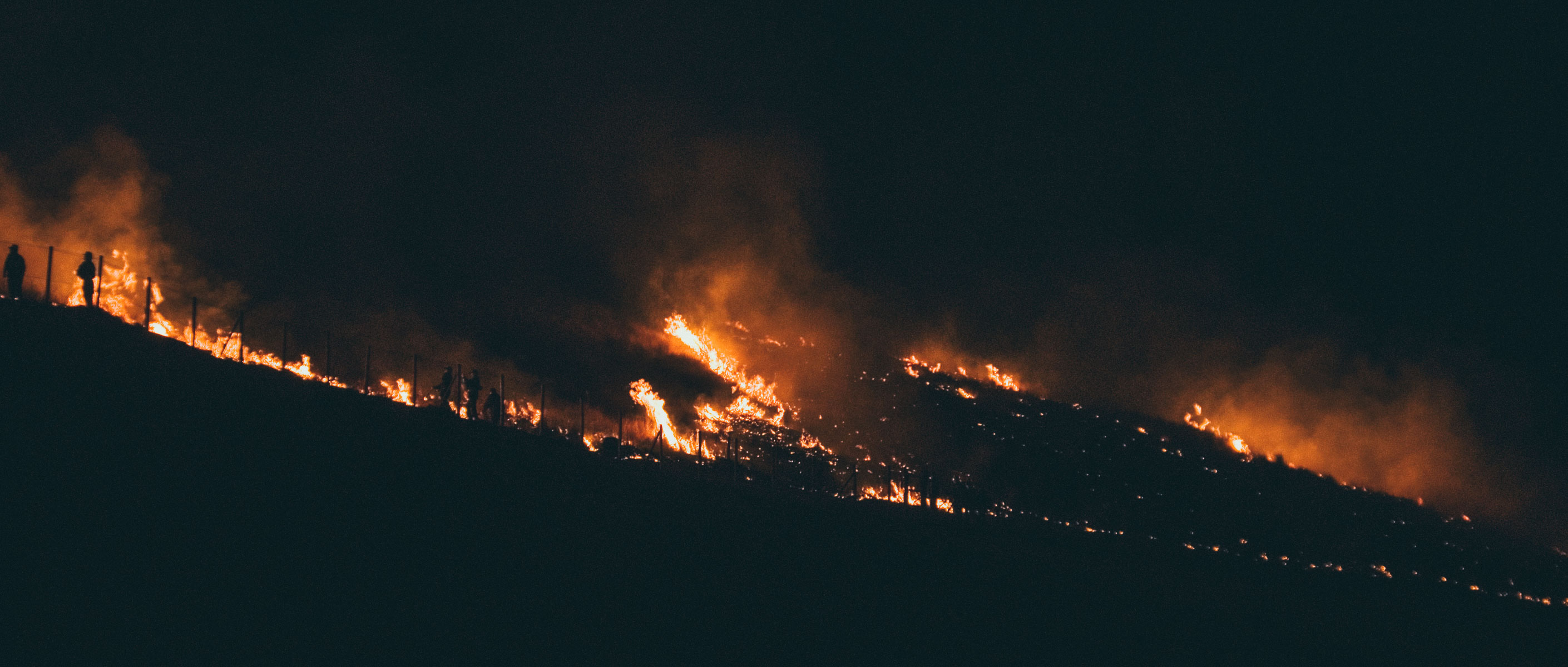
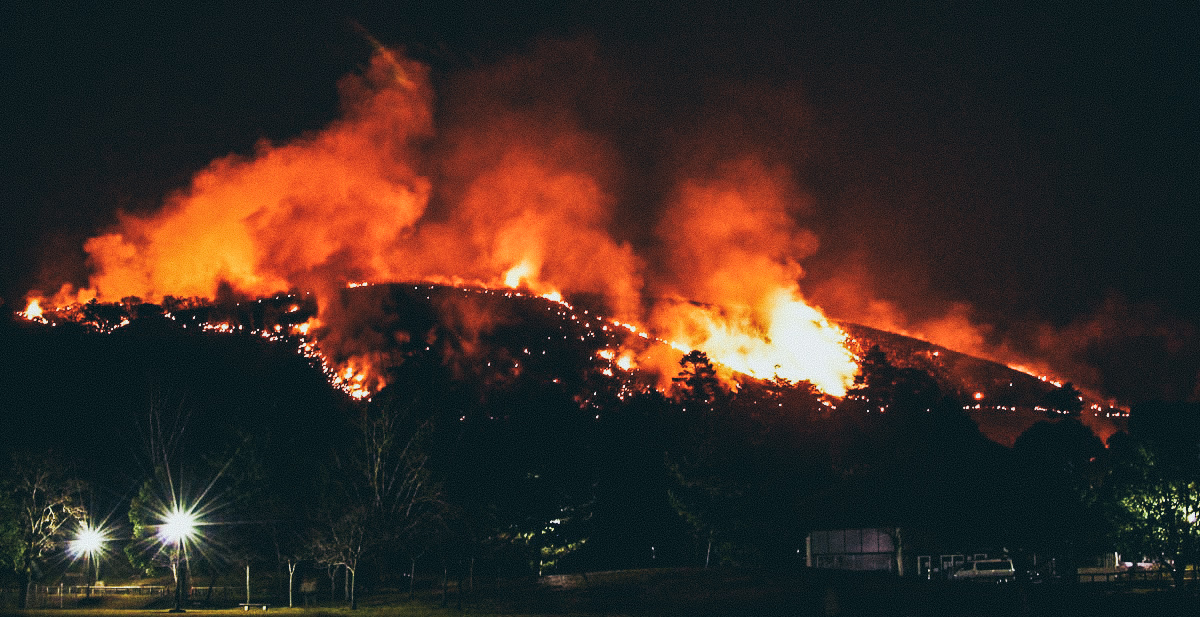
photo credits: smartus & matsuritracker on flickr
Following this, there were some incidents where the fire from Mount Wakakusa came to approach the boundaries of the Todaiji and Kohfukuji temple repeatedly. Because of this, in December 1738, the Nara magistrate’s office (Bugyosho) prohibited people from burning the mountain. However, the arson fires continued at the hands of anonymous people and on some occasions approached the nearby cities and temples. To avoid similar dangers, the city of Nara established a rule to allow people to burn the mountain with the participation of representatives of the Todaiji and Kohfukuji temples along with the Nara Bugyosho at the end of the Edo period.
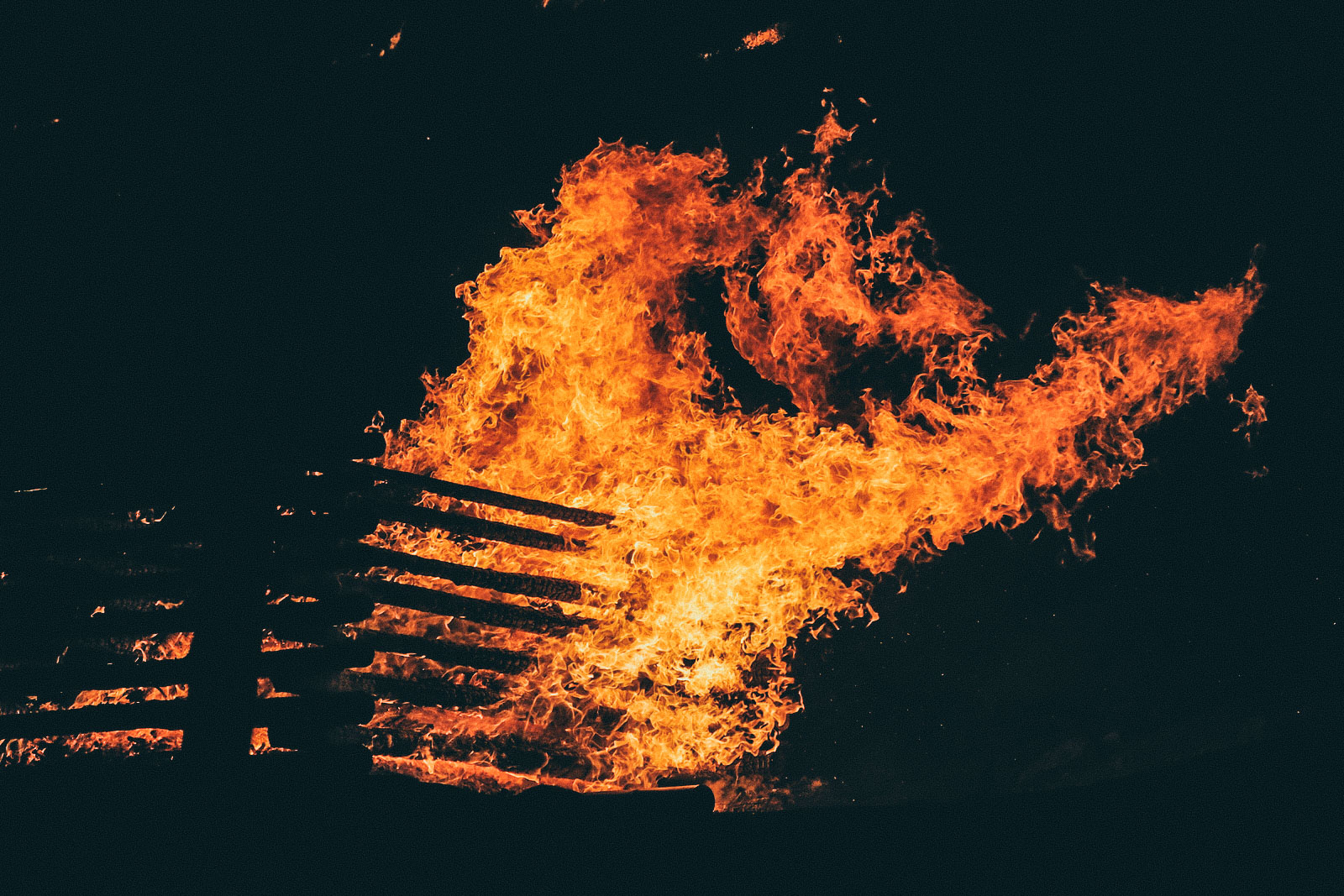
photo credits: toshimo1123 on flickr
The Yamayaki festival (burning mountain) comes from superstitions to calm the spirits of the dead at the Uguisuzuka Kofun located at the top of the mountain, so the Yamayaki could also be considered as a moment of service in memory of the dead.
Modern history and present day
Since 1900, there have been a series of changes related to Wakakusa Yamayaki Matsuri. Firstly, the time was shifted from day to night and even its date moved to 11 February (Day of the Empire), although during the period of World War II, the celebrations were held during the afternoon. Later, in 1910, the organization passed into the hands of the prefecture of Nara.


photo credits: karihaugsdal on flickr
After the end of the war, the Yamayaki once again became an evening event together with a fireworks display of over one hundred fireworks.
During the fifties, the date of the Yamayaki was moved to January 15, the “Coming of Age day”, while in 1999, due to the implementation of the so-called “Happy Monday System Act” (law that moved some public holidays on Mondays) , the festival was celebrated on the Sunday before the “Coming of Age day”.
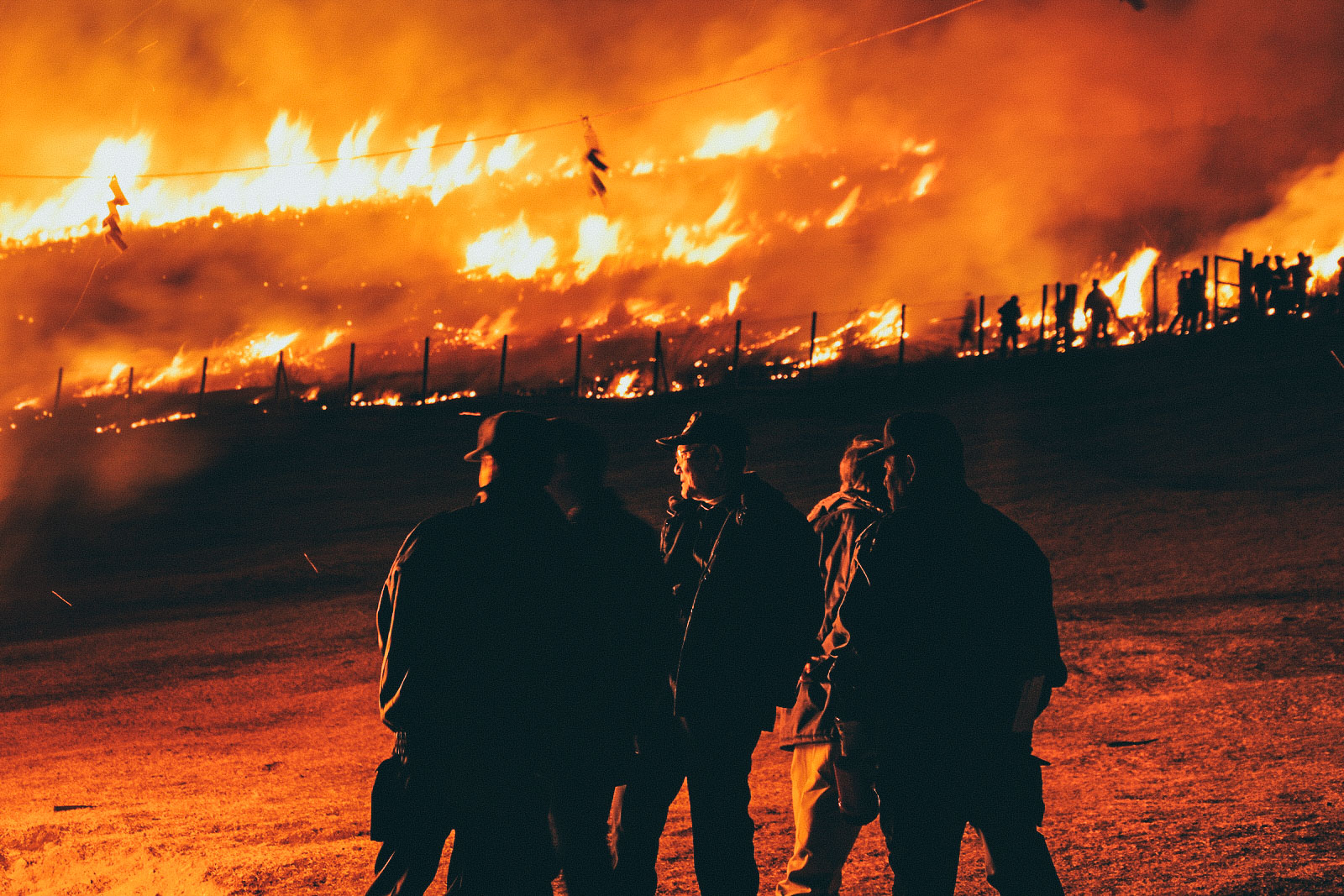

photo credits: toshimo1123 & nwhitely on flickr
Since 2009 we find the combination that still exists today, where the event is held on the fourth Saturday in January with a fireworks display of hundreds of fireworks.
On this matter, this is the only event in Nara that uses the Shakudama fireworks that have a diameter of over 30cm. An absolutely magical fireworks display that we guarantee will always remain engraved in your memories.
Mount Wakakusa
Mount Wakakusa is 342 meters high and 33 hectares wide and is covered with grass with delicate slopes. Here you can see deers, seasonal flowers and plants, like the traditional Japanese cherry trees in spring and the fantastic autumn colors typical of Japan. Also from its top, it is possible to see the whole panorama of the city of Nara with all its historical part.

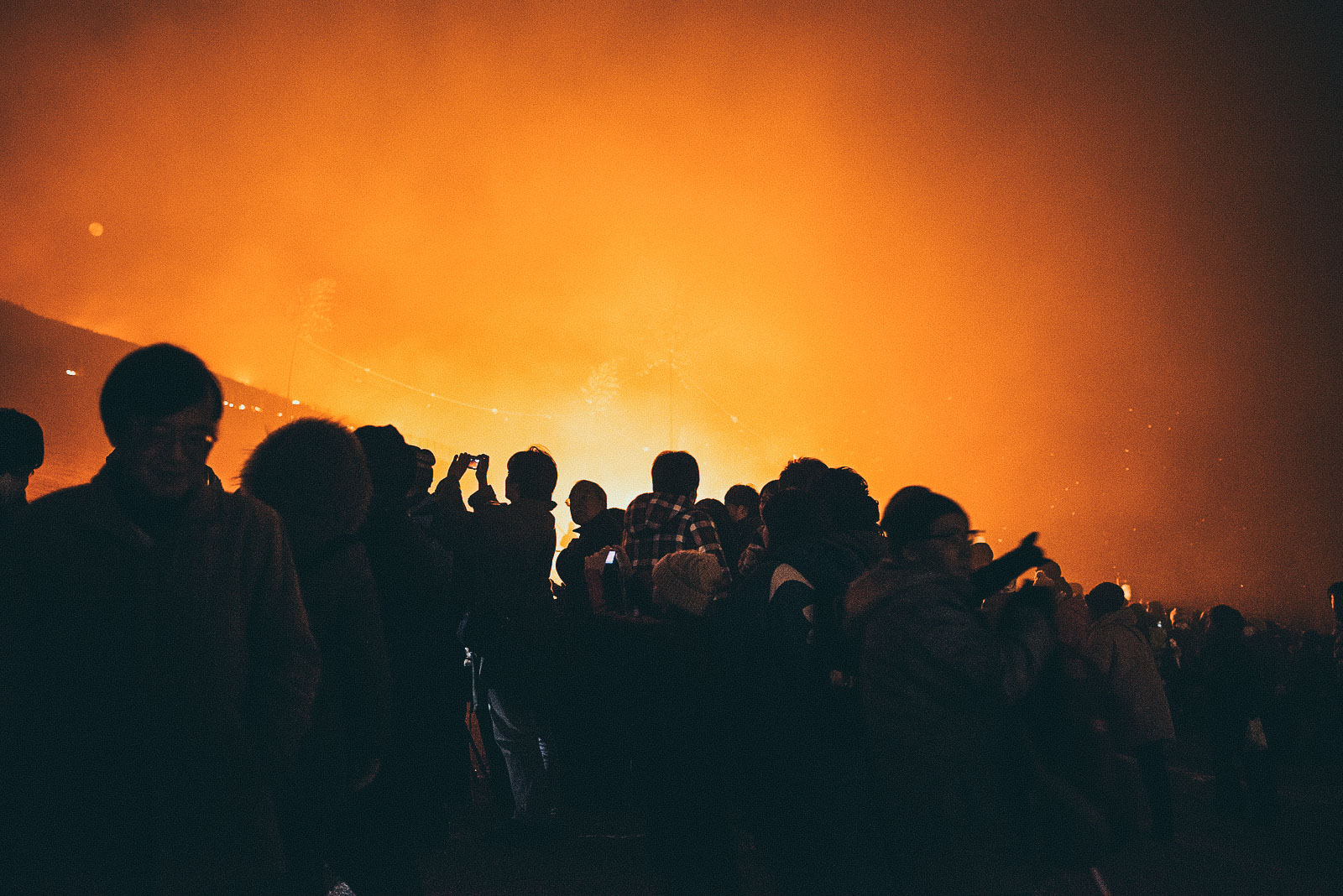
photo credits: 158175735@N03 & mashipooh on flickr
Mount Wakakusa is surrounded by many UNESCO world heritage sites such as the temples Todaiji and Kohfukuji and the spring forest of Mount Kasuga, so be very careful to avoid accidents such as spreading the fire.
The parade
Led by the sound of shell horns played by the mountain priests of the Kinpusenji Temple, more than 40 people face the solemn parade through the park, wearing the traditional costumes of the representatives of the temples of Kasugataisha, Todaiji and Kohfukuji and of the officers of the judiciary office of Nara in the Edo period.
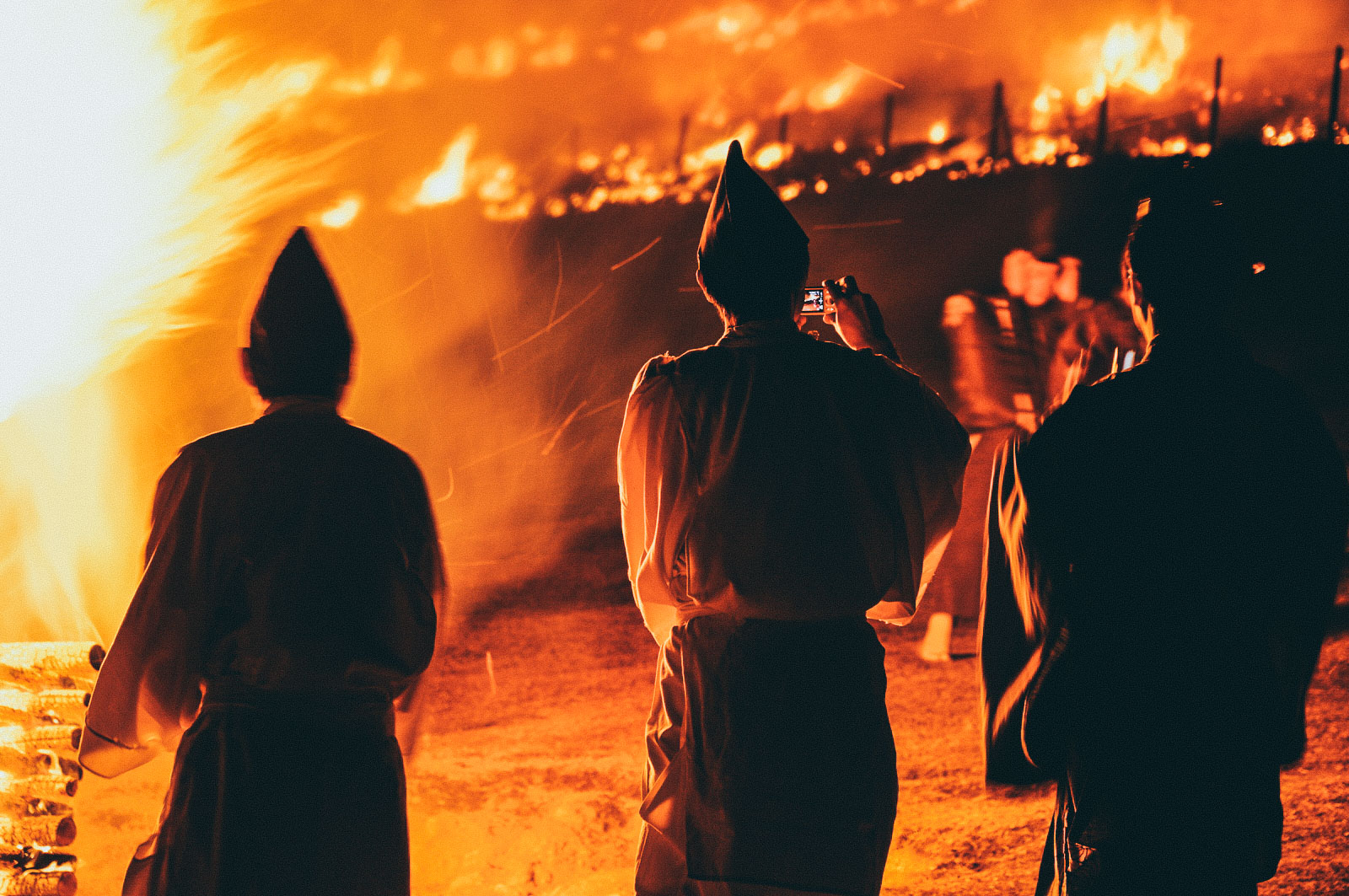
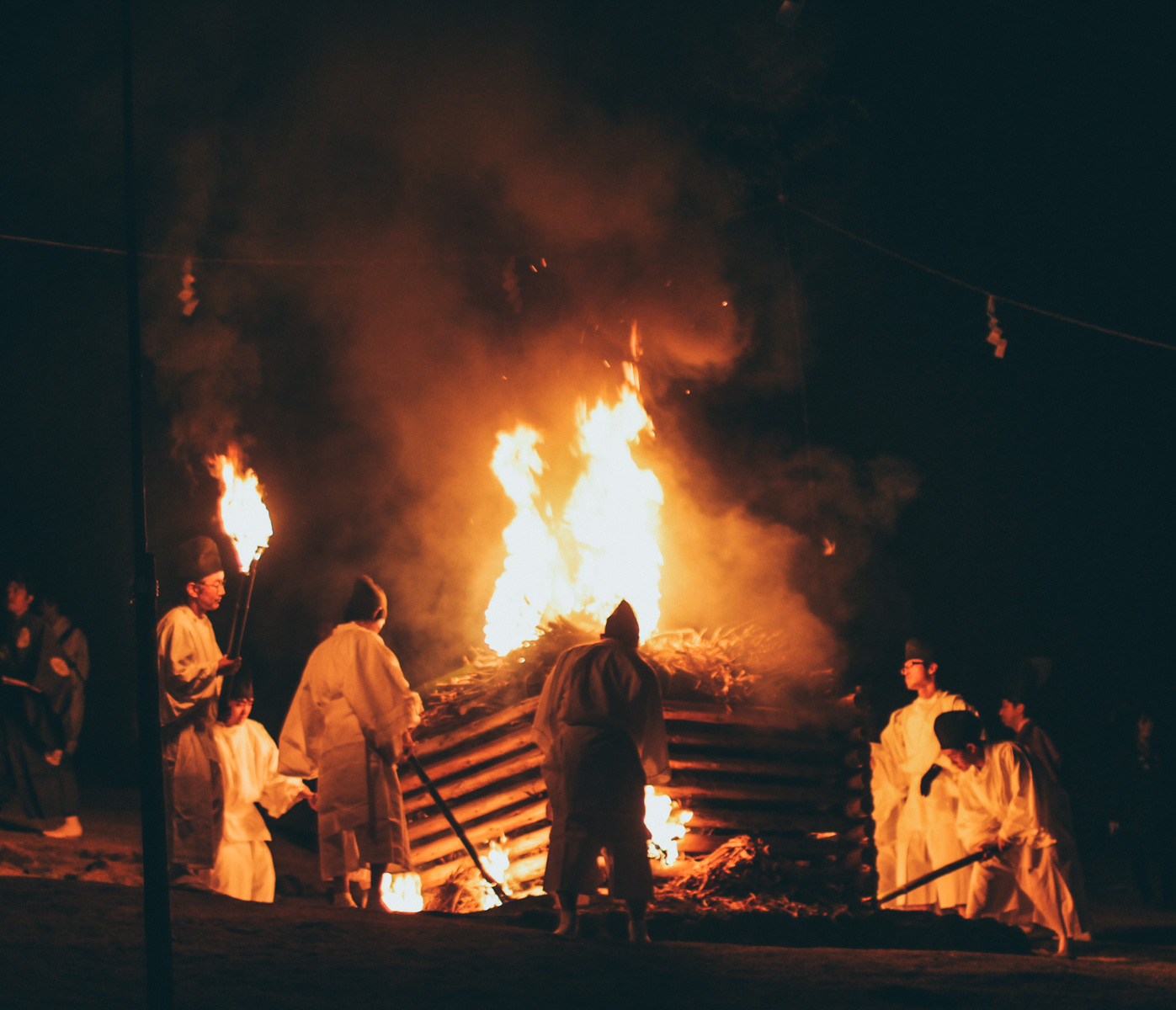
photo credits: toshimo1123 & katiefujiapple on flickr
The event begins with the Gojinkahotaisai, the sacred fire acceptance ceremony held at the Tobohino park, on the site of the Great Round Bonfire. In this ceremony, the sacred fire is transferred from the Great Round Bonfire to the torches. Following this, the parade will take the sacred fire to the Nogami temple. Once arrived at the Mizuya temple, the sacred fire brought by time Kasugataisha will be transferred to a series of torches. Once at the Nogami Temple, at the base of Mount Wakakusa, the sacred fire forms another great bonfire.

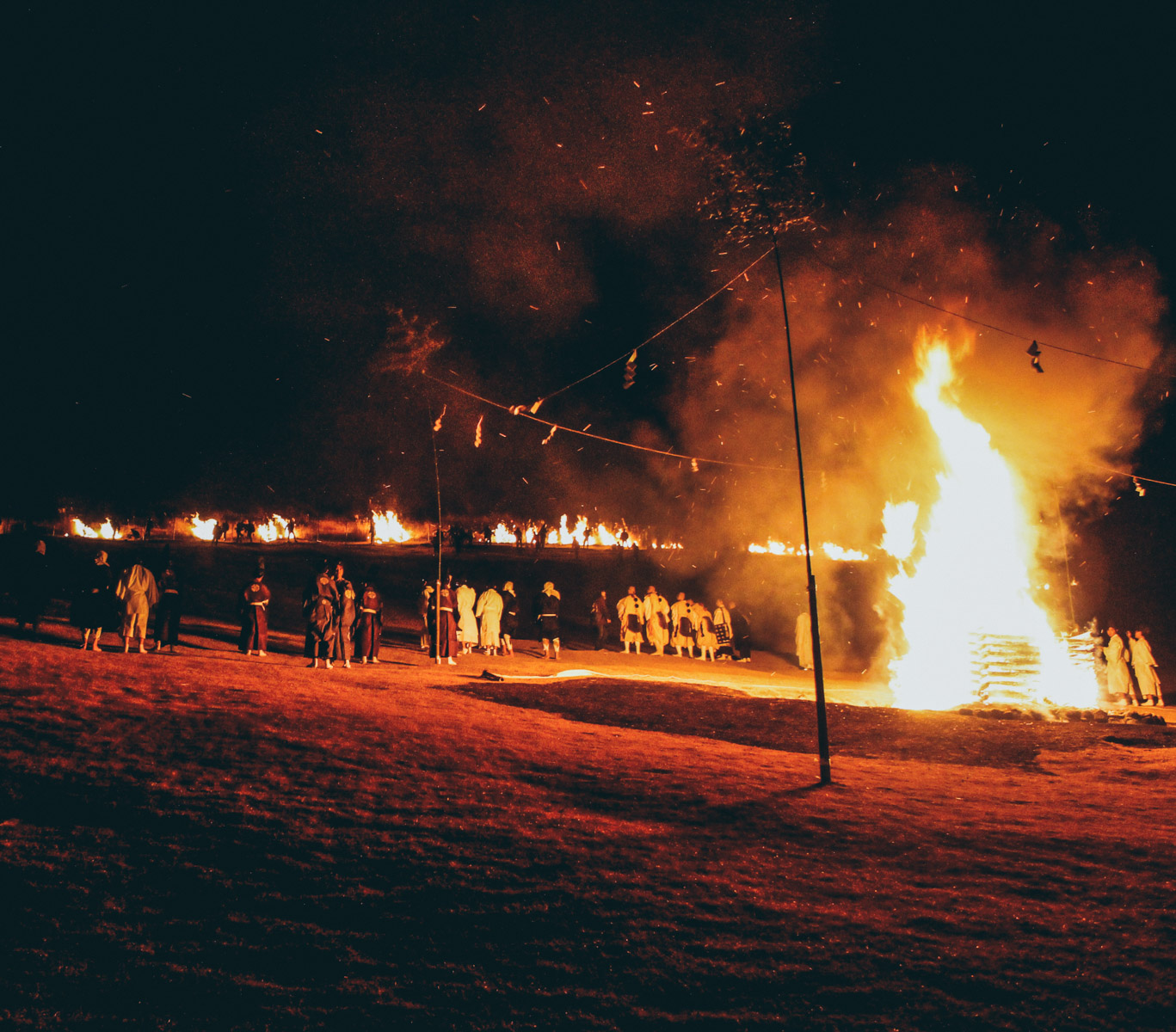
photo credits: katiefujiapple on flickr
During the parade, the fire is accompanied by constant prayers in the first place for the safety of the Yamayaki. The fire is then transferred back to the torches, accompanied by the songs of the priests of the temples Todaji, Kohfukuji and Kinpusenji. At this point, the parade moves towards the big bonfire in the center at the base of the mountain where it is lit, thus giving birth to the spectacle of light and heat.
photo credits: nara-park.com
Access
Mount Wakakusa is about a 10 – 15 minute walk from the Todaiji temple and Kasuga Taisha. The mountain can also be reached on foot from Kintetsu Nara station in about 35 minutes or from JR Nara station in about 50 minutes. Alternatively, you can use buses departing from both the station and Kasuga Taisha for a small fee.
If you are in Japan during this period, the next Yamamaki will take place in a few days, January 26, 2019. Do not miss it and we’ll wait for your stories!

photo credits: ks_photograph
Share this:
- Click to share on Facebook (Opens in new window)
- Click to share on Twitter (Opens in new window)
- Click to share on Tumblr (Opens in new window)
- Click to share on Pinterest (Opens in new window)
- Click to share on Telegram (Opens in new window)
- Click to share on WhatsApp (Opens in new window)
- Click to share on Reddit (Opens in new window)
- Click to print (Opens in new window)








